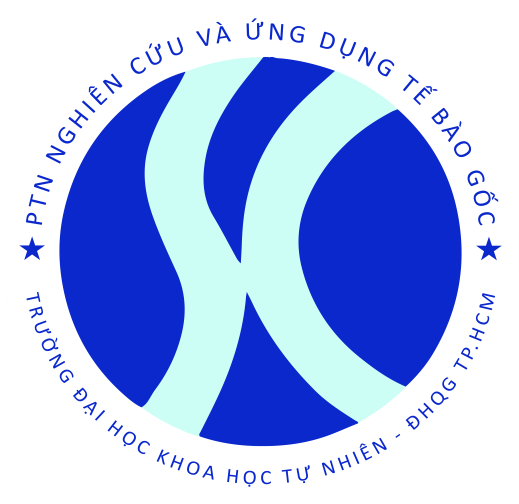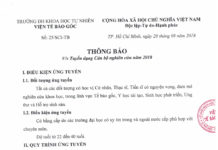A research about developing a new method to improve nanoparticle delivery to targeted tumor based on iPS cells as vectors by a collaborative of scientist from China and Spain has just been accepted to publish on ACS Nano.
Gold nanoparticle-assisted photothermal therapy is a disease theranostic application by using gold nanoparticles for bioimaging and killing cancer cells through thermal emission in luminescence process. It is being developed to attack the targeted tumor tissue locally with little damage to the surrounding normal tissues, but it is extremely challenging to allow the nanoparticles to be specifically transported throughout the tumor. Yanlie Liu and colleagues from School of Electronic Information and Electrical Engineering and Shanghai Jiao Tong University in China used pluripotent stem cells (iPS) as transporters with remarkable tumor target migration ability to delivery Au nanorods (AuNRs) to intratumor.
In their experiments, the researchers developed a kind of nanoparticle, Au nanorods@SiO2@CXCR4 which were composed of mesoporous silica-coated gold nanorods and the conjugated antibody of CXCR4 that was utilized in order to improve the loading efficiency into iPS cells. After iPS cells were incubated with these special nanoparticles , AuNRs-iPS cells were injected to female BALB/c athymic nude mice tumor model. Then Yanlie’s team tested migration capacity of AuNRs-iPS cells to target the tumor site in the mice by photoacoustic imaging and two-photon fluorescent microscope observation of tumor sections.
As the results, nanoparticles loading iPS cells can distribute much more spatially and longitudinally and specifically in the tumor than the only nanoparticles as the control group. In addition, the mice model treated with AuNRs-iPS decreased the tumor weight, total protein harvested from tumor and improved histopathology. Based on these improvements, the Yanlie’s team told that “the nano-platform displayed a robust migration capacity to target the tumor site and to improve photothermal therapeutic efficacy on inhibiting the growth of tumors in xenograft mice under a low laser power density”.
The application of the iPS vehicles significantly improved the ability of gold nanoparticle distribution not also to the targeted tumor but also throughout them. It helped the photothermal therapy enhance the efficiencies and minimize side effects. Therefore, the combination of gold nanorods with human iPS cells as a theranostic platform paves an alternative road for cancer theranostics and holds great promise for clinical translation in the near future.

AuNRs@SiO2@CXCR4 loaded human iPS cells for Target Delivery and Intratumoral Homogeneous Distribution of AuNRs and Enhanced Photothermal Therapy

Infrared microscopic imaging: the nude mouse of GC subcutaneous xenograft upon NIR laser irradiation (808 nm, 1.5 W/cm2, 3min) 3 days after PBS, AuNRs@SiO2 and AuNRs-iPS injection
Lê Thị Kim Hòa – Lê Văn Trình
Email: lethikimhoa19492@gmail.com, lvtrinh@hcmus.edu.vn
Reference:
Original article: Human Induced Pluripotent Stem Cells for Tumor Targeted Delivery of Gold Nanorods and Enhanced Photothermal Therapy. yanlei liu, meng yang, jingpu zhang, xiao zhi, Chao Li, Chunlei Zhang, Fei Pan, kan wang, Yuming Yang, jesus martinez de la fuente, and Daxiang Cui. ACS Nano Just Accepted Manuscript. DOI: 10.1021/acsnano.5b07172.






